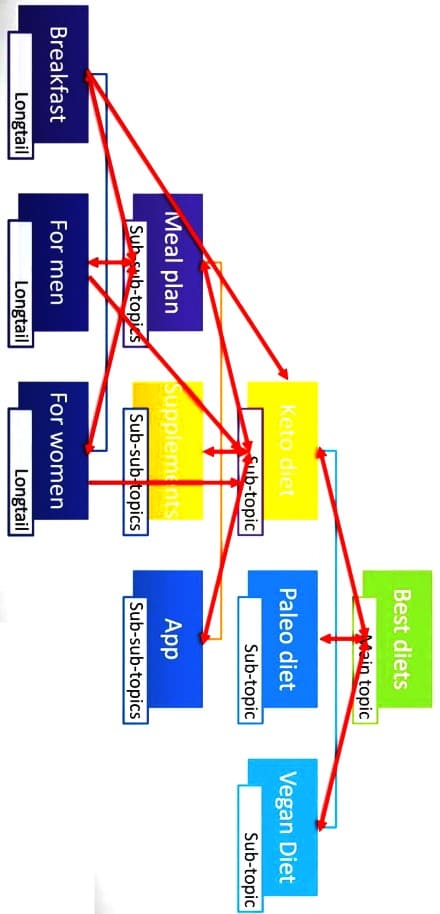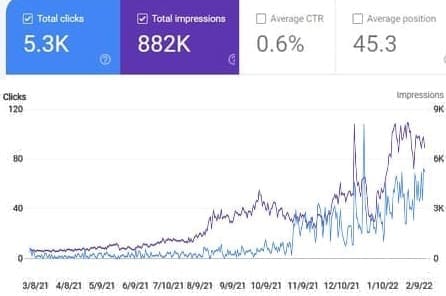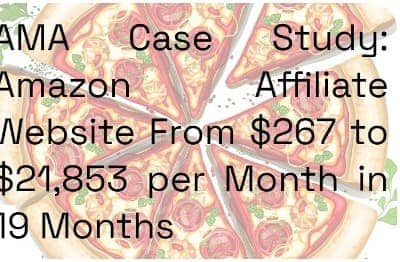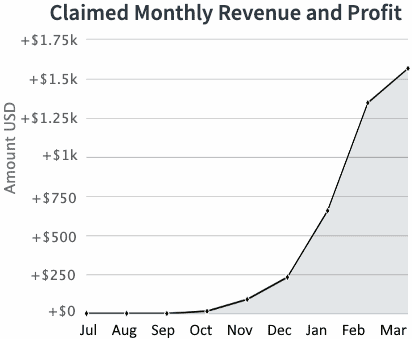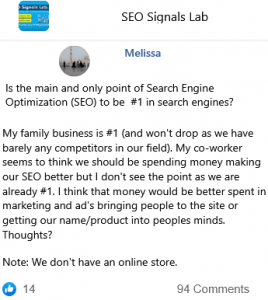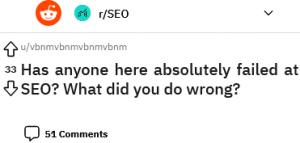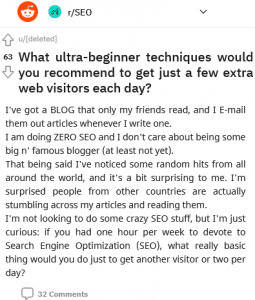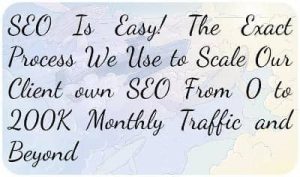This has been an incredible SEO journey of a penalty hit website towards its success in 13 months.
Keyword Growth recovering from potential penalty:
3274 keywords to 15654 Keywords in Top 100 (Dec <year> to Dec <year>)
Keyword Growth post domain switch:
5543 Keywords to 29284 Keywords in Top 100 (Jan <year> to March <year>)
March <year> Traffic Growth (Compared to Feb <year>):
12855 to 24985 (94.36%) (All Organic Traffic)
10210 to 21154 (107.19%) (Only Blog Traffic)
Here's what I have learned.
1. This website was hit by Dec <year> Google update potentially due to toxic backlinks. We started working on the project from Jan <year> and first thing that we did was disavowed low quality domains. We also paused all active backlinking efforts and started cleaning our backlinking profile.
2. From Jan <year> to April <year> we focused a lot on speed optimization and technical SEO. As the website is on Shopify with lot of apps installed, it was a big challenge getting a significant progress on these fronts.
3. We continued doing on-page optimization of existing content, but franking nothing seemed to make any significant difference. Potentially because once a website is hit by a update, Google usually takes it time to respond to changes until next major update.
4. From May <year>, we decided to aggressive with our content strategy. Over past couple of months, my team had connected with 1000+ writers via LinkedIn and had found some good quality writers to support us. As this website is in Health and Beauty niche, we spend a lot of time and resources on keyword research. We used Google PPAs, Quora Questions, Reddit and Ahrefs/SEMrush to come up with comprehensive list of target keywords which we could use in our blog posts.
5. We also used Allintitle values to find topics that had less than 100 websites competing for the initial article topics. This along with People Also Ask Questions helped us rank pretty quickly for longtail keywords.
6. We published 100 articles in next 2 months and then scaled to 200 articles in the 3rd month. This wasn't easy as we didn't have the team to support this type of workload. We did manage to pull this off with the help of tools like Surfer SEO, Frase and SEO minion. We created pages to support content clusters and improve our topical relevancy.
7. Things started to pickup from July <year>. Our technical fixes + content publishing velocity started to kick in. We saw a sudden jump in monthly traffic and total number of keywords in top 100 increased significantly. This made us realize that we have slightly turned the tide and are now on a recovery trajectory.
8. One big downside to content velocity is managing the project and sustaining quality. 200 articles a month looks exciting, but it takes a lot of budget and resources to sustain this. Another big issue was average session duration of these articles which was less than 30-40 seconds. As per my experience, I knew if people don't read, there is no point pushing 200 articles as they will anyways have a hard time in sticking to top 10.
9. We then decided to scale down to 50 articles, but double the content length from 1000 to 2000. Also, we specifically asked writers to write shorter paragraphs and focus on bullet points style writing. We were still using stock photos and brand/product photos in our articles which I thought was creating a disconnect. So we decided to add custom images to our blog posts.
10. One of the things that created massive difference to our visitor engagement was adding infographics. We hired a full-time graphic designer who could create amazing infographics which immediately boosted average session duration on targeted articles.
11. We also realised we need to add more detailed descriptions with FAQs on our product pages. We redesigned our collection pages to make them more content rich.
12. We dug deep in our Google Analytics and Search Console to find our top performing and worst performing pages. We kept on revisiting older popular content and optimized it further along with publishing new content.
13. There were months in between where we could only publish 20 articles in a month due to content delays and other issues. But we never stopped optimizing and tracking old content. We restructured our titles and metas every 3 months based on their performance in search.
14. We reached our peak in Dec <year>, when we had 15654 keywords in top 100 before we decided to switch the website domain. The decision to make a switch was not related to Search Engine Optimization (SEO) and had to do more with branding. This meant that we were potentially going to lose lot of traffic and keyword rankings.
15. When we switched our domain in mid-January <year>, we lost almost 80% of the website traffic and keyword rankings dropped significantly. Although we did 301 redirects and took other necessary measures, lot of authority sources mentioned it could take anywhere between 6-9 months to get back to original rankings.
16. We continued our optimization efforts and recovered all our rankings in 2 months. We started to implement logical internal linking and while we have only implemented this on 50% of our current content pages, we had our best SEO month in March <year> where we 29284 keywords in top 100, which has doubled compared to a period before domain switch.
17. Moving forward, we are going to focus on Conversion Rate Optimization (CRO) and improving overall engagement on our content. Hopefully, we can continue the momentum.
Key Takeaways:
1. It's possible to reverse a potential Google penalty with SEO best practices and strong content strategy.
2. Keyword research and competitor analysis lays a strong foundation for long-term SEO success. Going after the right keywords will potentially determine 50-60% success of your SEO strategy.
3. Content velocity works but equally important is engagement. Focus on average session duration of your content along with other engagement goals. Write shorter paragraphs and adopt a bullet points style writing for quick improvements.
4. Adding custom images and infographics can take your content to a whole new level. We have now 100+ infographics on our blogs and every time we add an infographic, the article tends to jump in overall rankings and engagement.
5. Domain switch can be tricky, but if your content base is strong, you should not have much problem regaining your rankings.
6. Internal linking is so much underrated. The single most factor (according to us) that added to our traffic success in past couple of months was strategic internal linking.
7. SEO tools like Surfer, Frase are good but don't rely heavily on them. Use common sense + Google Analytics/Search Console data to make your decisions.
8. Write detailed product descriptions and collection pages. Interlink them from all the relevant content pages on your website.
9. Reverse engineer your competitors titles and metas/sitemaps using tools like screaming frog. Find the list of their top pages using SEMrush/Ahrefs and try to model what's working for them.
10. Backlinks are a hit and a miss (as per our experience). Don't invest heavily on backlinks unless you have a strong content strategy to support it. Also make sure you know what you are doing with backlinks to avoid potential penalties.
11. Sustaining rankings in top 10 requires lot more than detailed piece of content. Page speed + engagement play a vital role here.
12. Questions with quality answers rank everywhere including Quora and Reddit. Focus on People Also Ask Questions and FAQs and blend them in your content. I have personally used the power of questions to generate over 2 million views on Quora.
13. Focus on CRO (Conversion Rate Optimization) once your website starts to get decent amount of traffic. CRO will help to improve conversions and overall ROI. A combination of SEO + CRO should work the best.
Thank you for your time. Let me know if you have any questions.
Cheers!
Bhatia
84 👍🏽14 💟99
29 💬🗨
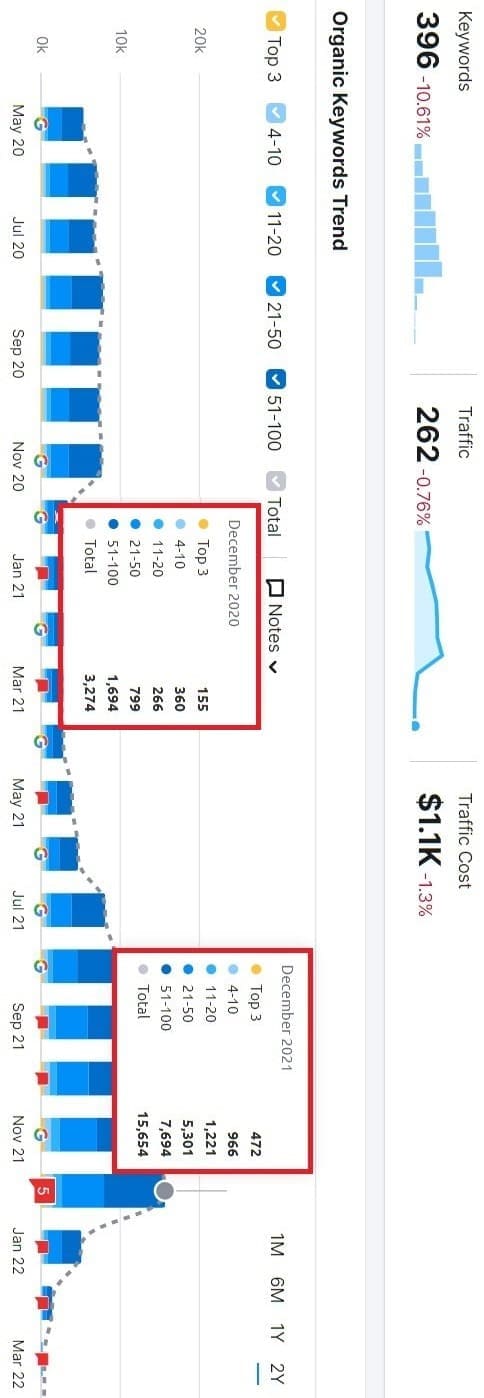
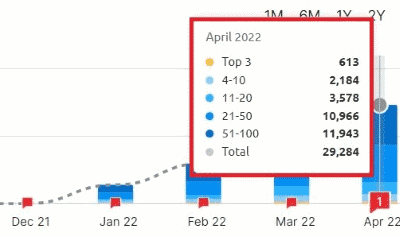
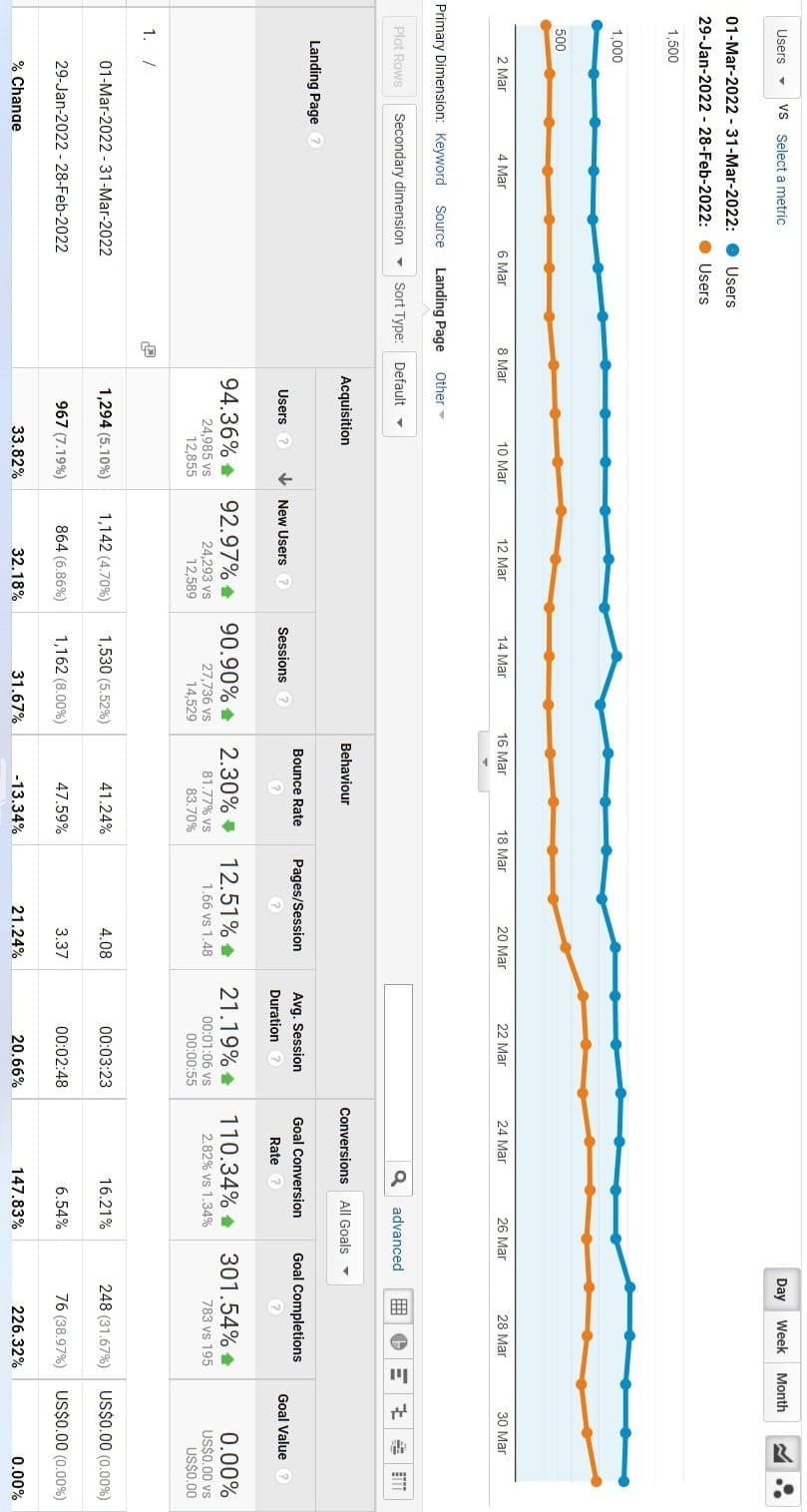
What is your definition of toxic back links? We received a same penalty in July <year> due to over optimisation of anchor texts, use of Private Blog Network (PBN) and too much guest post on a single page.
We found PBN type backlinks with spammy p0rn/casino type anchors. We disavowed them.
Taylo
Interesting case study.
But it's strange that the Key Performance Indicator (KPI) you used for success is keyword ranking and not website impressions, conversions or building a dataset for your newsletter which I'm sure accompanies your blogging.
Can you explain on this
Here is the snapshot of last 3 months search console. As the domain was transferred, there is only 3 months data for this. We are using Optinmonk + Klaviyo for email funnel and are tracking different set of Key Performance Indicators (KPI)s. Because the post is already lengthy, I have spoken about only few KPIs.
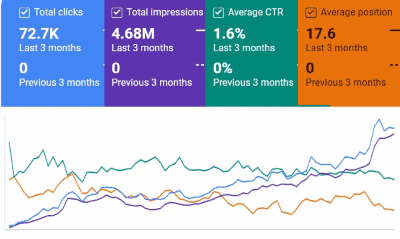
Taylo » Rahul
Thanks a lot
Oluwa
Amazing post. Thanks for sharing.
If I may ask, do you think having a video embedded in a post will bring significant result, I've read about it but I hardly see it in discussion groups & case studies like this?
Yes adding a good quality video will definitely help engagement. You should try and embed above the fold. Track the avg session duration before/after embedding video and make changes. In our case Infographics made a major difference.
Blisz
Great work!! Can you explain Key Takeaways #6: internal linking strategy? Struggling a bit with this
Sure. First make a list of your target pages and content that is relevant to them. First try to internal link all similar pages with reach other as you would do with content clusters and then from each of those pages, link back to target page. There is no fix formula for this, but we kept it simple. From each content page, we would link to homepage +1-2 target pages + 2-3 similar articles. Also, we would do 1-2 outbound links to authority websites.
Blisz » Bhatia
Interesting, I thought internal linking was about passing "link juice" from less important pages to money pages. You suggest to maximize links between all related pages?
Bhatia ✍️ » Blisz
Yes
Mehta
Thanks for sharing.
Based on your analysis, were you able to recover traffic from pages that lost traffic?
Or is the increase mostly coming from new content?
Yes fully recover the traffic on old pages + increase coming from new pages as well.
Mehta » Bhatia
Fantastic. What helped recover traffic specifically from
old pages?
Bhatia ✍️ » Mehta
Improving engagement using infographics, making paragraphs shorter and internal linking them from pages from similar clusters along with on page optimization using search console data.
Mehta » Bhatia
Interesting, thanks. I've tried Google Search Console (GSC) optimization and Surfer/Frase but haven't tried adding IG and making paragraphs shorter, will test.
Bhatia ✍️ » Mehta
Do measure avg session duration. If there is an improvement in that, the page will pickup faster. Also focus on internal linking.
SEO Case Study for Affiliate or AdSense Pub: How I Increase Organic Traffic by 900% in 6 Months
SaaS SEO Case study: 1 Mil to 6.4 Million Monthly Organic Traffic
Two Steps Only Have Increased My Blog Traffic by 3x a Month: Pillar Content and Influencer Outreach on LinkedIn, Quora, and Twitter Through the Social Share!
SEO Is Easy! The Exact Process We Use to Scale Our Client own SEO From 0 to 200K Monthly Traffic and Beyond
An SEO Case Study Improved 30 Percents of Prev Traffic in 3 Months on an eCommerce Website
102 Best SEO Tips to Help You Drive Traffic This Year: Do Keyword Research, Hire Writers
$4000 Amazon plus Ezoic Affiliate Commission a Month With An Outdoors Niche Site
19 Ultra Beginner Tips to Grow Website Traffic
